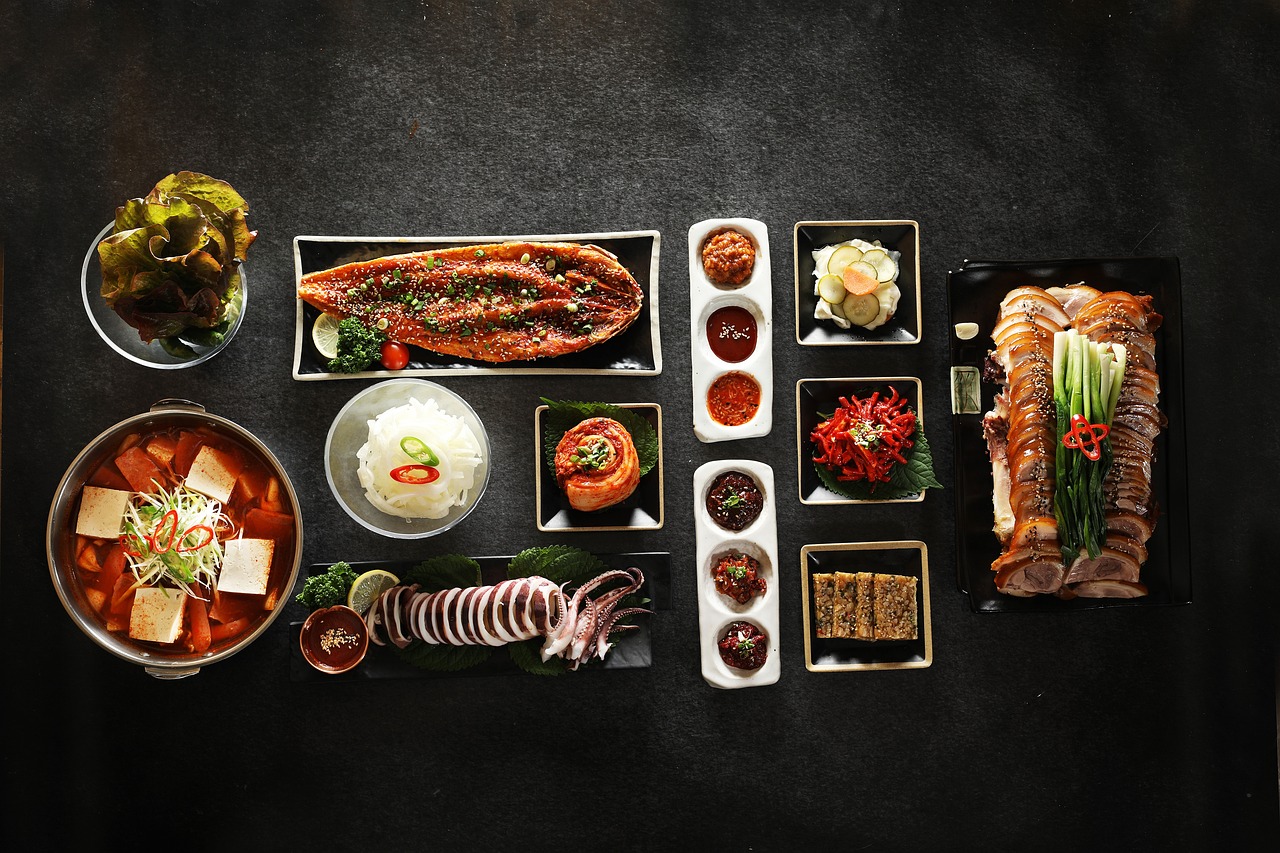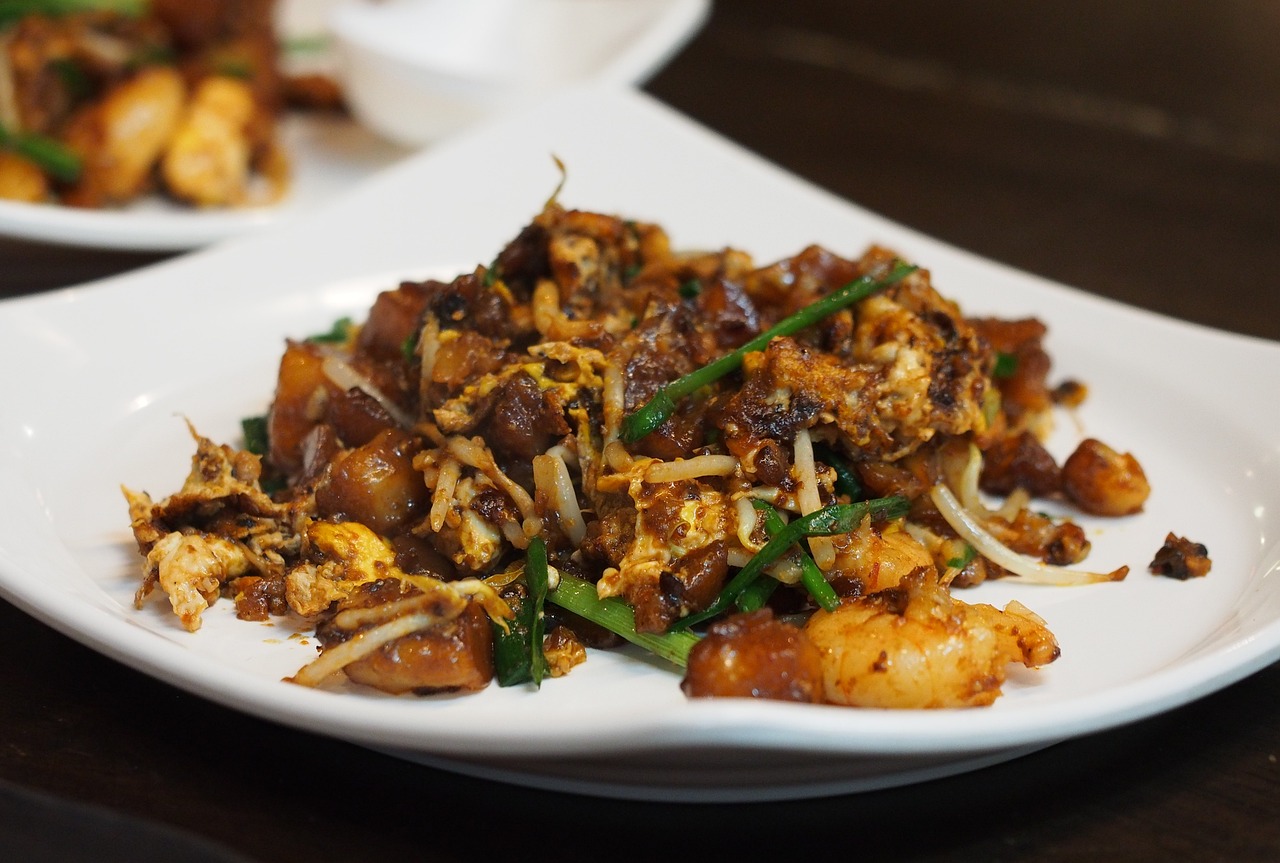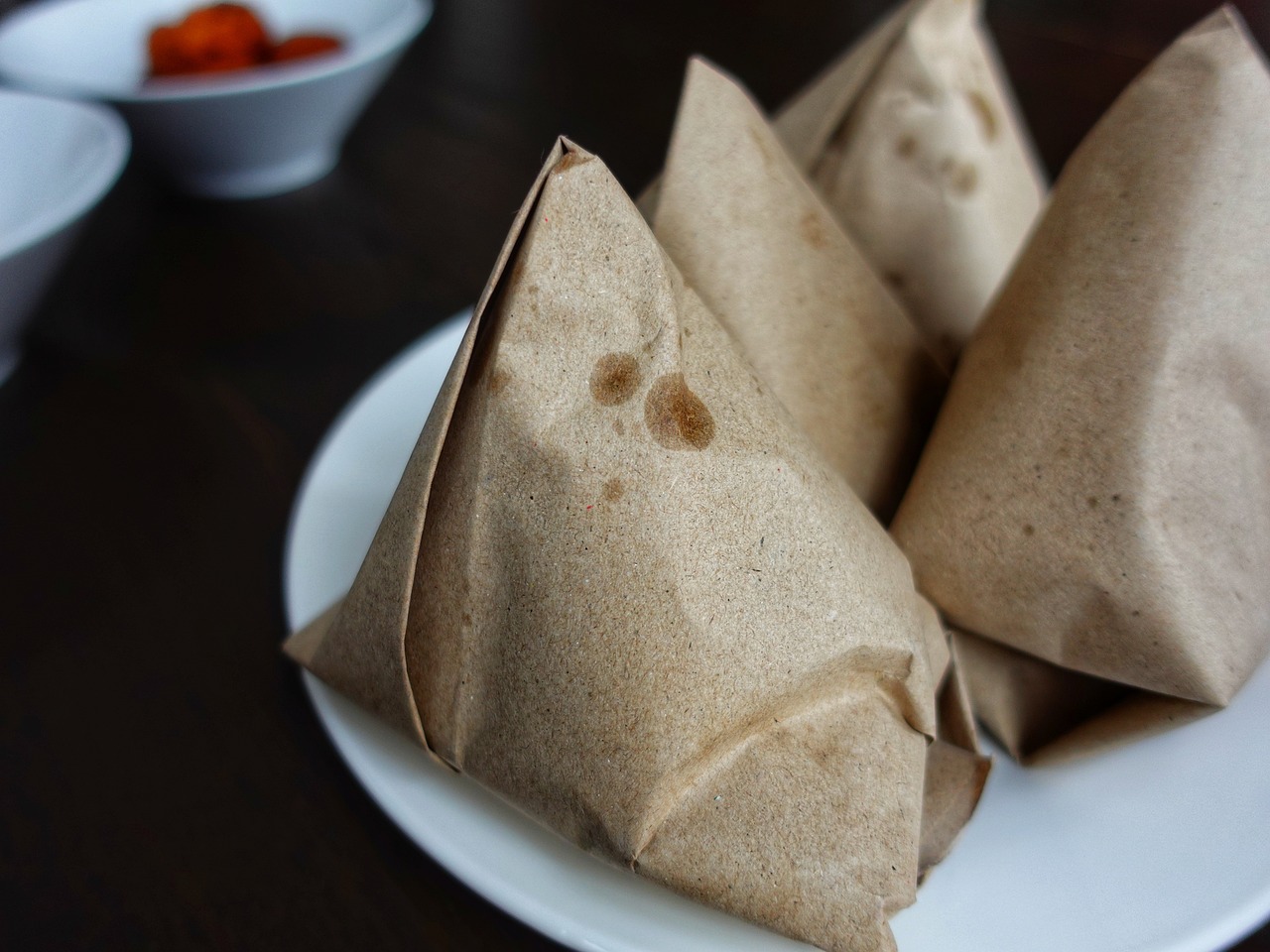Malaysian Laksa: Spicy Coconut Noodle Soup

Exploring the vibrant flavors of Malaysian Laksa is like embarking on a thrilling culinary adventure. Imagine a steaming bowl of spicy coconut noodle soup, each spoonful exploding with a symphony of flavors that dance on your taste buds. The rich and creamy coconut broth, infused with aromatic herbs and spices, creates a tantalizing experience that is both comforting and exciting.
Originating from Malaysia, Laksa has a rich history steeped in tradition and cultural significance. This iconic dish has evolved over time, blending influences from various cultures to become a beloved staple in Malaysian cuisine. Its popularity has spread far and wide, captivating the hearts and palates of food enthusiasts around the world.
When it comes to Laksa, the variety is the spice of life. There are numerous types of Laksa found across Malaysia, each with its own unique twist and flavor profile. From the indulgent richness of Laksa Lemak to the tangy zing of Asam Laksa, there is a Laksa variation to suit every taste preference. The combination of noodles, broth, and toppings varies, offering a diverse range of culinary experiences.
The key to a delicious bowl of Laksa lies in its ingredients. Coconut milk lends a luscious creaminess, while chili paste adds a fiery kick. Fragrant lemongrass and pungent shrimp paste contribute depth and complexity to the broth. The preparation of Laksa involves a careful balance of these components, resulting in a harmonious blend of flavors that is both comforting and invigorating.
As you traverse different regions in Malaysia, you will encounter unique regional variations of Laksa that reflect the local culinary traditions and ingredients. Each region puts its own spin on the classic dish, incorporating indigenous flavors and techniques to create a distinctive version of Laksa. These regional variations showcase the diversity and creativity of Malaysian cuisine, offering a glimpse into the rich tapestry of flavors that define the culinary landscape of Malaysia.
History of Laksa
When delving into the rich history of Laksa, one cannot help but be captivated by the fascinating origins and cultural significance of this iconic Malaysian dish. Dating back to the early days of Malaysia, Laksa has stood the test of time, evolving and adapting to become a beloved staple in Malaysian cuisine.
Legend has it that Laksa was introduced by Chinese immigrants who settled in Malaysia, blending their culinary traditions with local ingredients and flavors. Over the years, this fusion of cultures gave rise to the diverse variations of Laksa that we know and love today, each with its own unique twist and regional flair.
As time passed, Laksa became more than just a dish; it became a symbol of Malaysia's multicultural heritage, reflecting the country's vibrant diversity and the harmonious blend of different ethnicities. From bustling street food stalls to upscale restaurants, Laksa has found its way into the hearts and stomachs of Malaysians and food enthusiasts around the world.
Types of Laksa
When it comes to Malaysian Laksa, the variety of types available is truly impressive. Each type offers a unique blend of flavors and ingredients, ensuring there is something to suit every palate. Let's dive into the different types of Laksa that you can explore:
- Laksa Lemak: This rich and creamy version of Laksa is made with a coconut milk base, giving it a luxurious and velvety texture. The creamy broth is infused with spices and herbs, creating a harmonious flavor profile that is both comforting and indulgent.
- Asam Laksa: Known for its tangy and sour broth, Asam Laksa is a refreshing and light variation of the dish. Tamarind is a key ingredient in this type of Laksa, providing a zesty and citrusy flavor that is complemented by the addition of fish and fresh herbs.
- Sarawak Laksa: Hailing from the state of Sarawak, this version of Laksa features a spicy and aromatic broth made with a blend of local spices. It is typically served with shredded chicken or prawns, adding a protein-rich element to the dish.
- Johor Laksa: Johor Laksa is a unique variation that incorporates a thick and savory gravy made from fish and coconut milk. This type of Laksa is often served with spaghetti noodles, offering a twist on the traditional noodle choice.
Each type of Laksa brings its own distinct character to the table, showcasing the versatility and creativity of Malaysian cuisine. Whether you prefer a creamy and indulgent broth or a tangy and refreshing flavor profile, there is a type of Laksa to satisfy every craving.
Ingredients and Preparation
When it comes to Malaysian Laksa, the key to its irresistible flavor lies in the harmonious blend of ingredients that come together to create a symphony of taste. The star of the show is undoubtedly the rich and creamy coconut milk, which forms the luscious base of the broth. This velvety liquid not only adds a luxurious texture but also mellows out the fiery spices, creating a perfect balance.
Another essential component that gives Laksa its signature kick is the fiery chili paste. Made from a blend of red chilies, shallots, garlic, and other spices, this paste adds a fiery heat that sets the taste buds tingling. It's the secret behind the dish's bold and vibrant flavor profile.
For that refreshing citrusy note, lemongrass plays a crucial role in enhancing the aroma and adding a zesty brightness to the broth. The fragrant lemongrass infuses the soup with a subtle tang that cuts through the richness of the coconut milk, elevating the overall taste experience.
Shrimp paste, a pungent condiment made from fermented shrimp, contributes a deep umami flavor that rounds out the complexity of the dish. When combined with the other ingredients, it creates a depth of flavor that keeps you coming back for more with each spoonful.
When it comes to preparing Laksa, each step is a labor of love aimed at capturing the essence of Malaysian cuisine. The process typically involves simmering the aromatic spices, herbs, and other ingredients in the coconut milk broth to allow the flavors to meld together and develop into a rich and fragrant base.
To serve, the steaming hot broth is poured over a bed of noodles, typically rice vermicelli or egg noodles, creating a hearty and satisfying meal that warms both the body and soul. Garnished with a medley of toppings such as boiled eggs, tofu puffs, bean sprouts, and fresh herbs, each bowl of Laksa is a work of art that delights all the senses.
Regional Variations
When it comes to Malaysian Laksa, regional variations play a significant role in shaping the diverse landscape of this beloved dish. Each region in Malaysia puts its unique spin on Laksa, incorporating local ingredients and culinary techniques to create distinctive flavors that reflect the cultural richness of the area. Let's take a closer look at some of the regional variations that showcase the creativity and diversity of Malaysian cuisine:
- Penang Laksa: Hailing from the island of Penang, this variation of Laksa features a tangy and spicy broth made with tamarind paste, lemongrass, and galangal. It is typically served with rice noodles, cucumber, pineapple, and mint leaves, creating a refreshing and aromatic dish.
- Sarawak Laksa: Originating from the state of Sarawak on the island of Borneo, Sarawak Laksa is known for its rich and creamy broth made with a base of sambal belacan, coconut milk, and aromatic spices. This version of Laksa is often topped with prawns, chicken strips, and boiled egg, offering a hearty and satisfying meal.
- Melaka Laksa: In the historic city of Melaka, Laksa takes on a unique twist with the addition of a sweet and savory broth made from a blend of coconut milk, dried shrimp, and candlenuts. Served with thick rice noodles and garnished with bean sprouts and hard-boiled eggs, Melaka Laksa is a flavorful and comforting dish.
These regional variations of Laksa highlight the culinary diversity of Malaysia, showcasing the ingenuity and creativity of local chefs in adapting this traditional dish to suit the unique flavors and preferences of each region. Whether you prefer the tangy zest of Penang Laksa, the creamy richness of Sarawak Laksa, or the sweet complexity of Melaka Laksa, there is a regional variation of Laksa to satisfy every palate and culinary curiosity.



 HazalVardal
HazalVardal 





